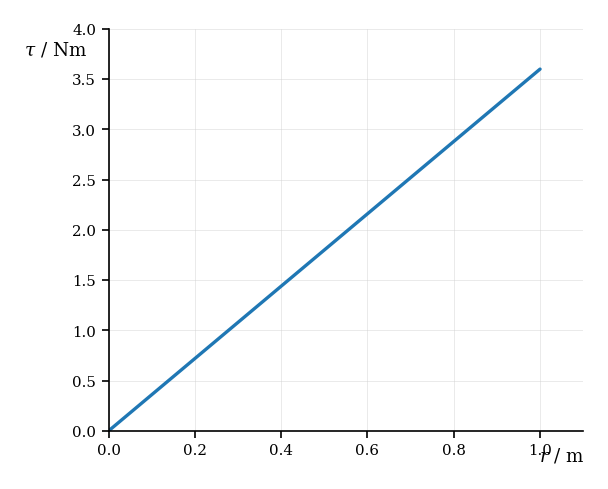Practice A.4 Rigid body mechanics (HL only) with authentic IB Physics exam questions for both SL and HL students. This question bank mirrors Paper 1A, 1B, 2 structure, covering key topics like mechanics, thermodynamics, and waves. Get instant solutions, detailed explanations, and build exam confidence with questions in the style of IB examiners.
A rotating platform in a physics lab has a moment of inertia and is initially rotating at . A student drops a lump of clay of mass onto the platform at a distance of from the axis. The clay sticks to the platform.
Calculate the moment of inertia of the clay relative to the axis of rotation.
Determine the new angular speed of the platform-clay system.
Calculate the change in rotational kinetic energy.
Explain how this experiment demonstrates angular impulse and its relation to angular momentum.
A yo-yo of mass and radius is released from rest and allowed to fall vertically while unwinding. If its moment of inertia is , what is the linear acceleration of its center of mass?
A disc of moment of inertia spinning at angular velocity is placed on a horizontal surface with friction and allowed to roll without slipping. After some time, it transitions into pure rolling motion. What happens to its final angular velocity?
A flywheel rotates with an initial angular velocity of and comes to rest after 8.0 seconds due to a constant frictional torque. The moment of inertia of the flywheel is .
Calculate the angular acceleration of the flywheel.
Determine the frictional torque acting on the flywheel.
Calculate the total angle (in radians) through which the flywheel rotates before stopping.
Explain the relationship between the angular deceleration and the energy lost by the system.
A student investigates the torque produced by applying varying forces at different distances from the pivot of a rigid beam. The following data were recorded:
| Distance from Pivot | Force Applied | Torque |
|---|---|---|
| 0.2 | 3.6 | 0.72 |
| 0.4 | 3.6 | 1.44 |
| 0.6 | 3.6 | 2.16 |
| 0.8 | 3.6 | 2.88 |
| 1.0 | 3.6 | 3.60 |
The relationship between torque, force, and distance is given by:
where:
- is the torque,
- is the perpendicular distance from the pivot,
- is the applied force.

Identify two potential sources of error in the experiment and explain their impact on the measured torque.
Suggest two improvements to minimize these errors.
Using the graph provided, describe the trend in the data and explain how it supports the equation .
Suggest how the value of the applied force at a given distance could be determined graphically.
Using the data point , calculate the applied force . Show all your working.
If the uncertainty in is and the uncertainty in is , calculate the percentage uncertainty in for the same data point.
A billiard ball of radius and mass is struck by a horizontal cue stick at a height above the billiard table. The moment of inertia for a sphere is given by . The cue stick strikes the ball with a force during an interval .
Find an expression for the velocity of the ball after the strike.
Find an expression for the angular velocity of the ball after the strike.
Find the value of for which the ball will roll without slipping. Express your answer in terms of .
A rod of length and mass is pivoted at one end and released from rest in a horizontal position. What is its angular velocity when it reaches the vertical position?
An object of mass makes revolutions per second around a circle of radius at a constant speed. What is the kinetic energy of the object?
A solid uniform rod of length and mass is pivoted at one end. The rod can rotate freely in a vertical plane about this pivot. A force of is applied perpendicular to the rod at its free end.
Determine the torque produced by the applied force at the free end of the rod.
The moment of inertia of a uniform rod about an axis through one end is given by . Calculate the moment of inertia of the rod about the pivot.
Using the result from Part 1 and Part 2, calculate the angular acceleration of the rod.
A turntable with a moment of inertia of is rotating freely at . A ring of mass and radius is gently dropped concentrically onto the turntable and sticks to it without slipping. Assume no external torques act on the system.
Calculate the initial angular momentum of the turntable.
Calculate the moment of inertia of the ring.
Determine the final angular velocity of the combined system.
Calculate the loss in rotational kinetic energy due to the inelastic interaction.
Explain why angular momentum is conserved but kinetic energy is not in this situation.